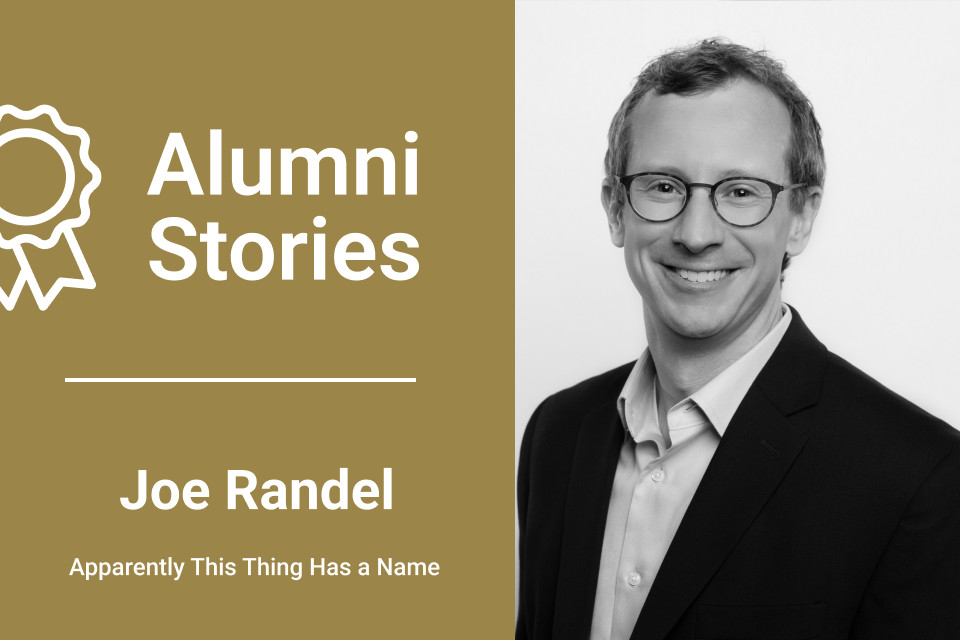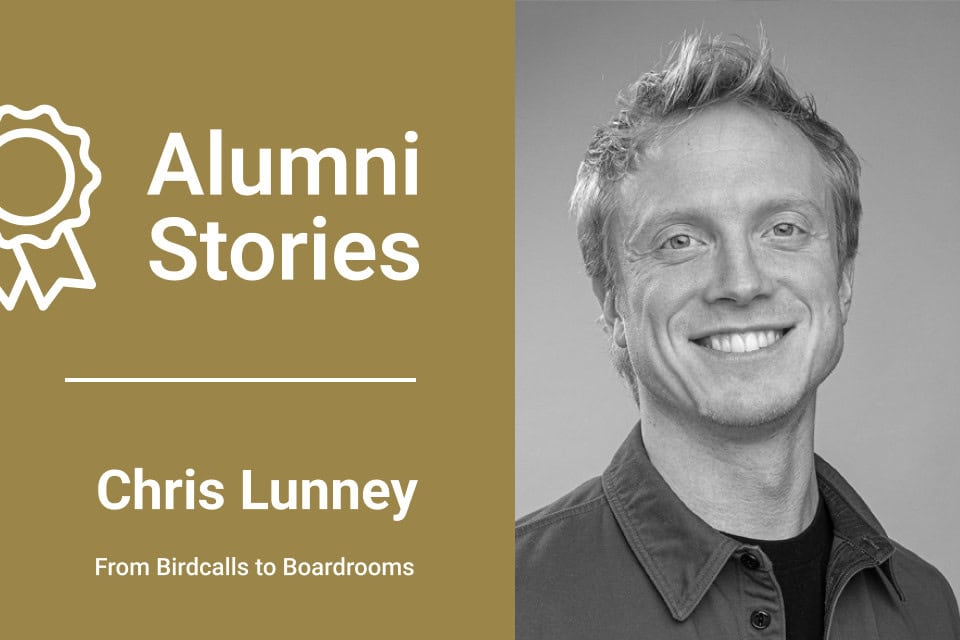Sometimes Growth Comes from a Reframe of Roles
First Introductions to Facilitation
It had only been a few months since I had joined AOL in 1999 when the unprecedented merger between AOL, an internet service provider barely 15 years old, and Time Warner, the owner of some of the most prestigious brands in publishing and entertainment, was announced. I had been working as an interaction design director at the interactive agency R/GA, and eager to be part of the “new economy.” The merger would not become effective till about a year later, and it triggered the first of many re-organizations I would experience in my tenure there. The significance was that it grouped Moviefone, the subsidiary where I was Director of Product, with two other companies, Digital Cities and Mapquest, into a new business unit called AOL Local.
The merger would become famous for the clash of cultures between the know-it-all tech executives and their know-it-all old media counterparts. But it would also bring new benefits, such as a corporate focus on organizational effectiveness and an investment in raising the acumen of the leadership. As part of the leadership team in the new AOL Local, I benefitted from a 2-day offsite that has had a profound and lasting effect on my professional life.
It was called “Facilitative Leadership” and was led by a company called Interaction Associates. Little did I know how that term would ring differently in the future. It covered many of the elements one would expect to understand what makes a team and a leader effective. Some items were simply practical, like how to build a purposeful agenda for a meeting. I continue to use the words of wisdom on how the amount of preparation ahead of the meeting will pay dividends in the value it provides. Mainly I remember how well-designed the offsite was, from the activities and content to the quality of the collateral, and how energized I felt afterward.

One of the practical skills I took away was how to conduct a brainstorming and prioritization session. An important part of my role was to come up with the roadmap for the product. So, a few months later, I pulled in members of my team as well as colleagues from other departments, such as marketing and operations. We went through an ice breaker that brought details out of my co-workers I was unaware. Then, I applied the framework: Collect, De-dupe, Categorize, Prioritize, and Advocate to brainstorm features for future versions of Moviefone. Some of the ideas were impractical, and many we were already considering, such as the ability to select seats or order concessions when buying movie tickets on our site. But the reason this session sticks in my mind is how the group felt after the meeting. They had the same energetic skip in their step I had felt myself coming from the offsite. Although I may not have used the term then, the fact that I had facilitated the brainstorming made us a better team, and I had an undeniable sense of pride from it.
From Client Side to Agency Side
As mentioned, prior to coming to AOL, I was an interaction design director at R/GA. I had experience in meeting with clients to understand their goals and presenting back to them, but not the facilitation skills that I would later acquire. After 7 years at AOL, I left to pursue an opportunity to work on a start-up. Eventually, I found myself back at an agency. I was to take the post of General Manager of the San Francisco office of Publicis Modem, a digital agency within a large conglomerate.
It is not uncommon for a client to invite one agency to participate in a meeting or workshop given by another agency. This was true at Publicis Modem with clients like Paypal and later at another agency, Infusion. I like participating in these events where our client invites me to participate in a workshop given by another agency because I get to sit back and let someone else do the work and mainly because I get to see how others apply the craft.
Around this time, I was also mentoring undergrad students at UVa, primarily at their McIntire School of Commerce, on product and project concept development and start-ups. It was through this association that I had the benefit of attending a 2-day design thinking workshop with this specialty provided by an agency in DC. This may be the first time I heard the term design thinking. It was from opportunities such as these that I grew the skills and techniques I would keep in my “bag of tricks.”
There was one memorable occasion where this was useful. We had just secured a new project with a new group at an insurance client. To help handle the work, we hired a freelance creative director to manage the project. The sales and account folks let us know we were to go down to see the client for a whole day kick-off, and at the last moment, they asked me if I could come along too. As we settled into a large room with 20 or more people and the client lead is introducing the goals for the day, I realized that there was no agenda, and we, as their agency, were expected to lead the way. It was clear the Creative Director we brought was completely unprepared, assuming he knew as little about the day as I did. Quickly, I jotted down an agenda for the day using that “bag of tricks” and was able to save the day. The most gratifying part for me was that energized feeling the client walked out with, which gave me the satisfaction of not only dodging an embarrassing bullet, but providing real value to the day.
The Accidental Facilitator
Even though, in retrospect, I would like to think of myself as having deft and skill in the art and science of facilitation, at the time, what I saw in myself, and I think others did too, was that my avocation was my ability to clarify an idea for an opportunity from technology through my creativity, my acumen, and my curiosity for innovation. It was these qualities that were expected by the salespeople at my most recent positions by the salespeople, who would frequently ask me to run a “workshop” with a potential client and barely a day’s notice. I use quotation marks because it rankled me that they would use the term when in my view, it wouldn’t be a proper workshop without the time to prepare or produce the high-quality experience and outputs that I felt should be expected. And given that we didn’t charge for these, it undermined the efforts of selling short-term projects to bring an idea to life, in which we facilitated ideation and design thinking workshops at the heart. Wanting to learn how other agencies, specifically those that focused on this type of work, positioned themselves and the value of the offerings led me to find Voltage Control and, from there, their weekly Facilitation Lab meet-up.
Becoming Intentional
Even before the pandemic, I had noticed that while I had learned how to run workshops from my own experience, from being a co-facilitator or being part of others workshops, I noticed a gap building between those who frequently got called to run these workshops and other more junior teammates in our Strategy and Design practice. The reason was straightforward: it costs money to send 2 facilitators when you could technically do the job with one. To give more opportunities for experiential learning, I proposed holding monthly internal practice sessions I dubbed Workshop Dojo.
Like many other things, the pandemic was a massive disruption to this work. While I would use some digital tools, my experience was to run workshops in person with the usual toolbox of markers, post-its, and face-to-face charm. I spent time thinking and researching what would need to be adapted to hold the workshops virtually. What I found online were articles on what tools to use (e.g., Mural), but not on what soft skills would need to be adapted or strengthened. To that end, I came up with a few ideas and principles and presented them at a Lunch-and-Learn. The feedback from the presentation confirmed the interest of fellow teammates in deepening these skills, but the same could not be said by leadership, and the momentum for Workshop Dojo was stalled.
When I started to attend the occasional Facilitation Lab, it awoke the realization of the broader community and the interest in the mastery of this practice. I realized that what I was becoming more interested in was not the topic or subject of the workshop but the quality of the execution. It had been a while since I had experienced the facilitation of others, learning from their techniques and approaches, and it awoke a new interest from me that this was something I wanted to be good at to improve continuously.

I started to look for more opportunities to practice outside of client engagements. Since I was part of an internal group looking at our corporate culture, I facilitated a couple of internal Mastermind Conversations to get a pulse on how our teammates perceived the culture at our workplace. It had now become part of my standard practice to solicit feedback after my workshops, and I was struck by a participant’s comments expressing that he felt seen and that there should be more opportunities such as the one he had just experienced. This feeling of providing energy and value for a group of people reminded me of those early experiences at AOL.
The Facilitation Lab model inspired me to take up the idea of the Workshop Dojo again and start a community of practice for facilitation at work. I also became aware that one could be certified and recognized as a professional facilitator, and it became my goal to become certified by the IAF – the International Association of Facilitators. Researching programs to help me prepare led me back to Voltage Control, and was delighted to be part of Cohort 5.
Enabling Facilitation
It was in working with Erik and my fellow cohort members that I became more aware of the transition I was making in my self-view. It was at 2023’s Control the Room conference, where I had the privilege to present on facilitation and improv, that I introduced myself humbly as an accidental facilitator, becoming an intentional one. This became the theme for my portfolio. When it came to expressing what is next, and where I saw the journey going, I saw that the next part would be to help others capture that satisfaction and joy of delivering an experience that generated that energy and (dare I say it) joy.
When Douglass asked if I would be interested in writing up my journey as an alumnus of the VC Facilitation Certification program, I was a bit reluctant. I feel I am still very much in mid-journey. I had hoped to be able to claim that IAF certification by now (technical snafus got in the way), and maybe be further along in meeting that notion of enabling facilitation by pursuing an additional certification in coaching.
But I’m excited about the community that is being created in the revamped Facilitation Lab and the opportunity to lead the DC region chapter. I hope this narrative was not too long-winded but instead that it might resonate and inspire some of you in this community. And if so, please feel free to reach out and connect with me.


